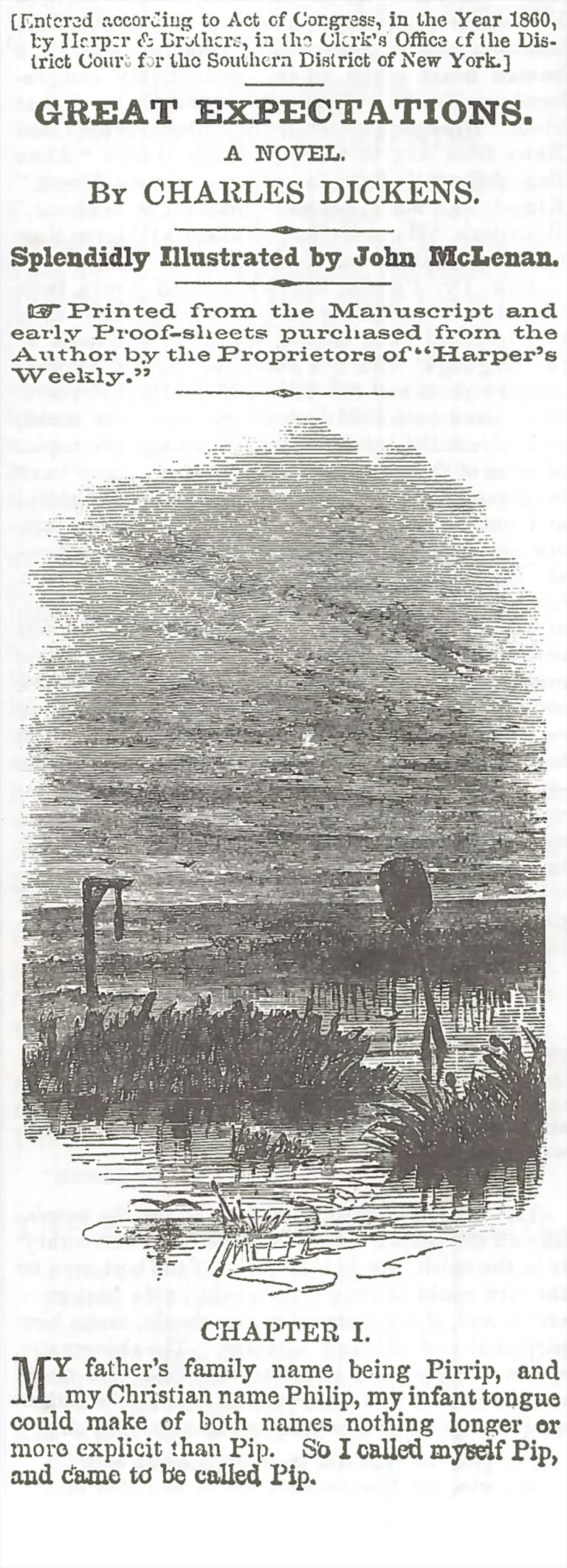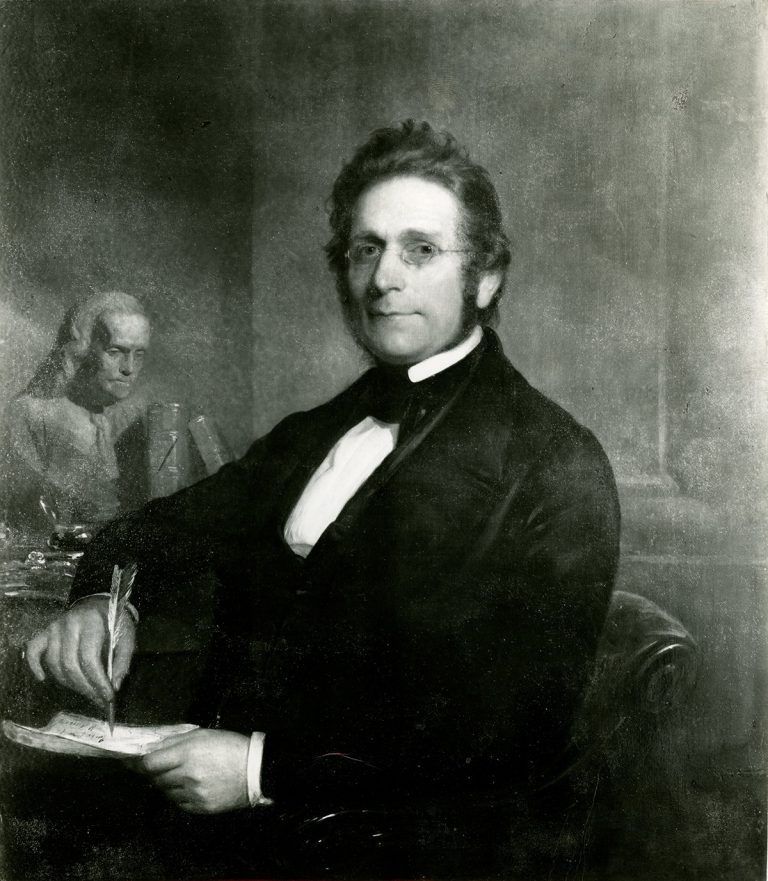“A Word of Apology” from Harper & Brothers regarding the Harper fire of 1853
In this “Word of Apology” published in Harper’s New Monthly Magazine in January 1854, the Harper brothers address the devastating fire that ruined their New York City offices on Cliff Street in late 1853. More
















